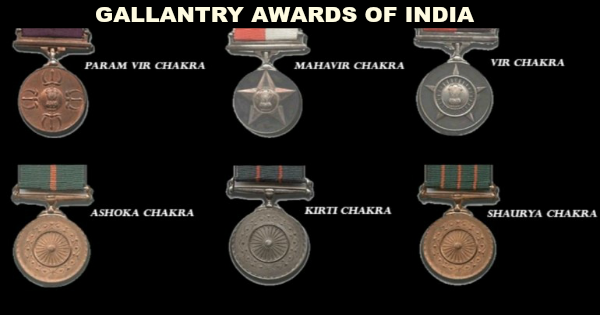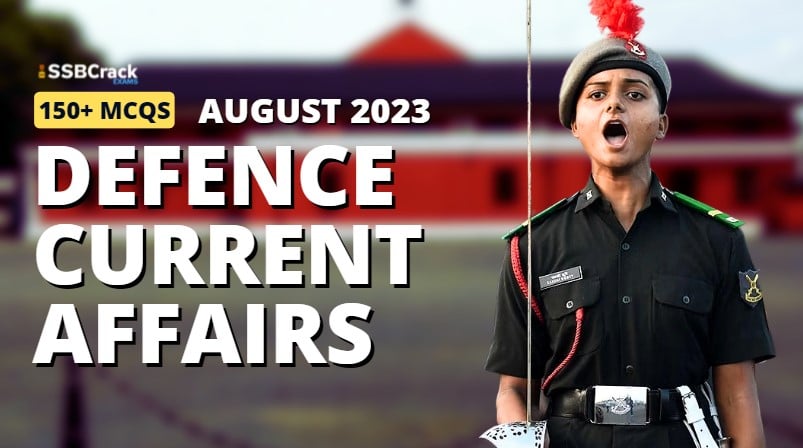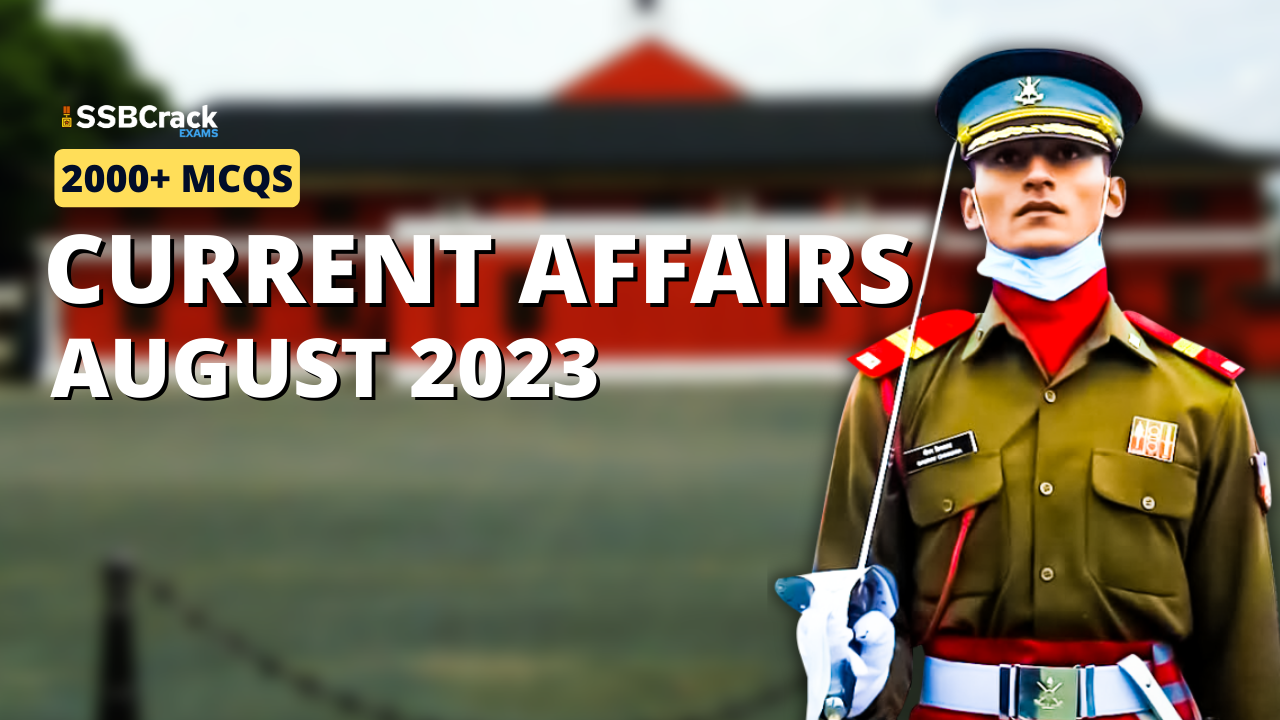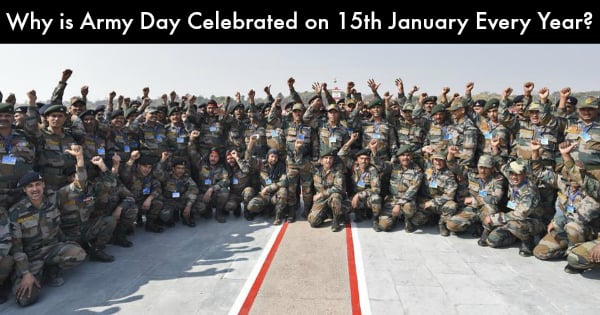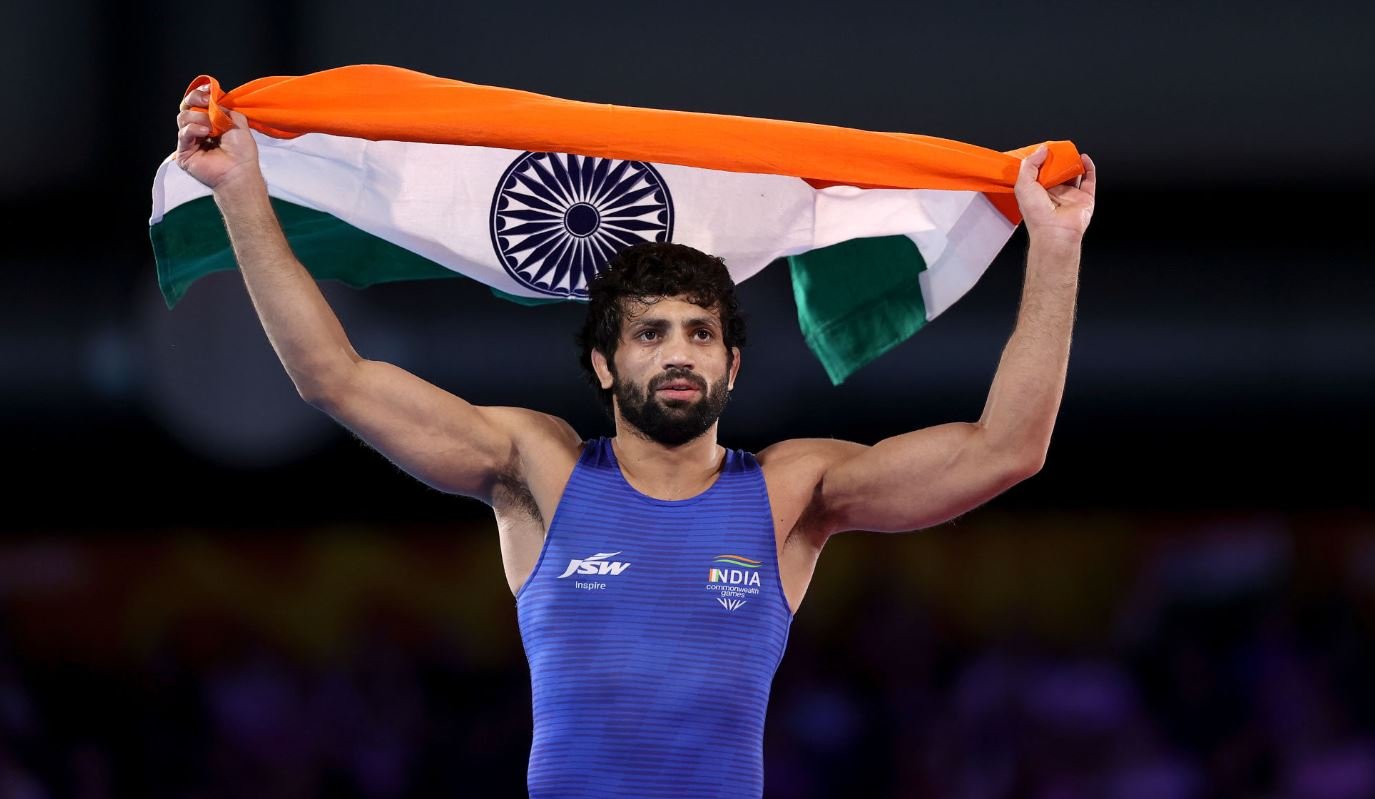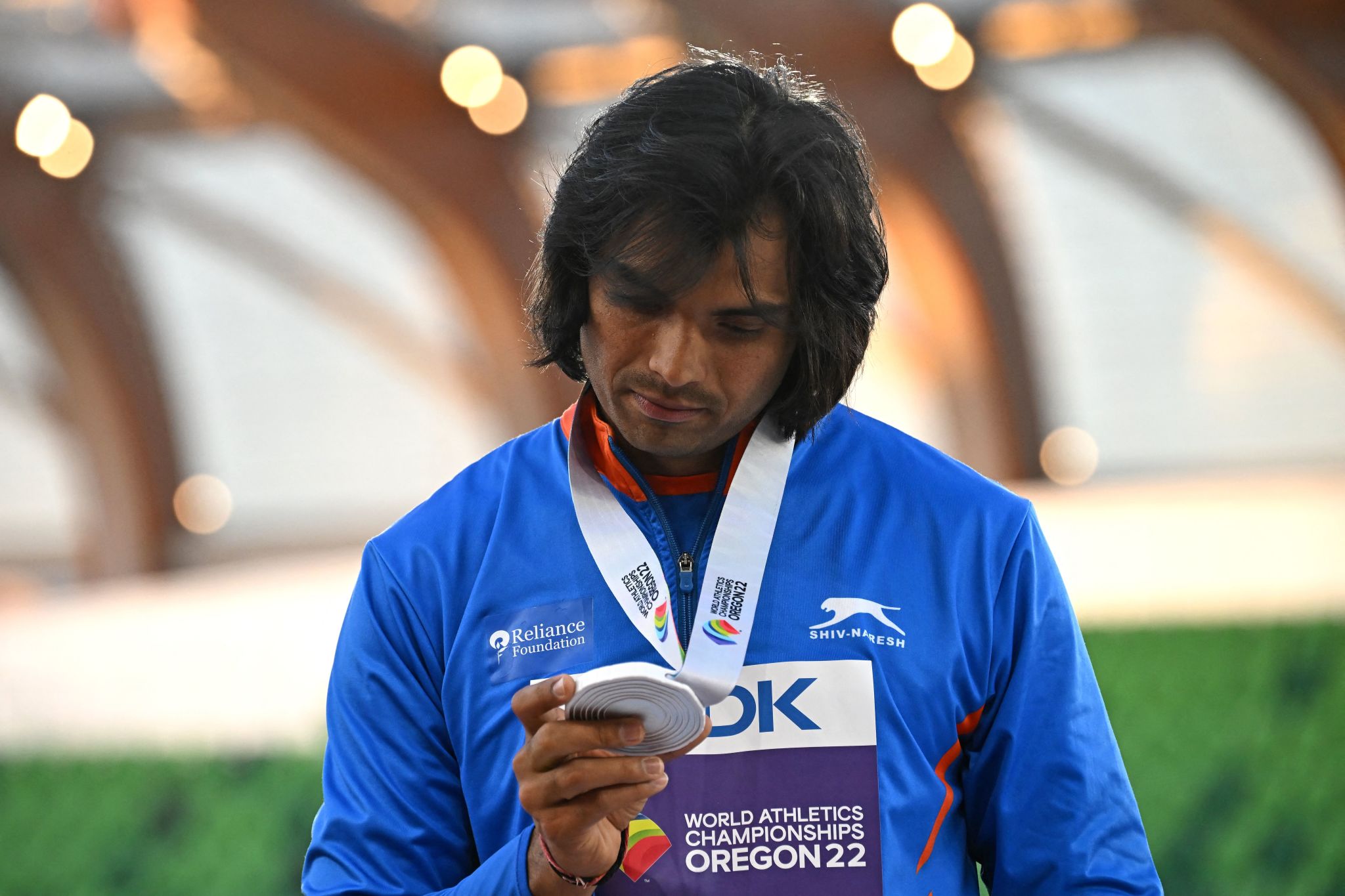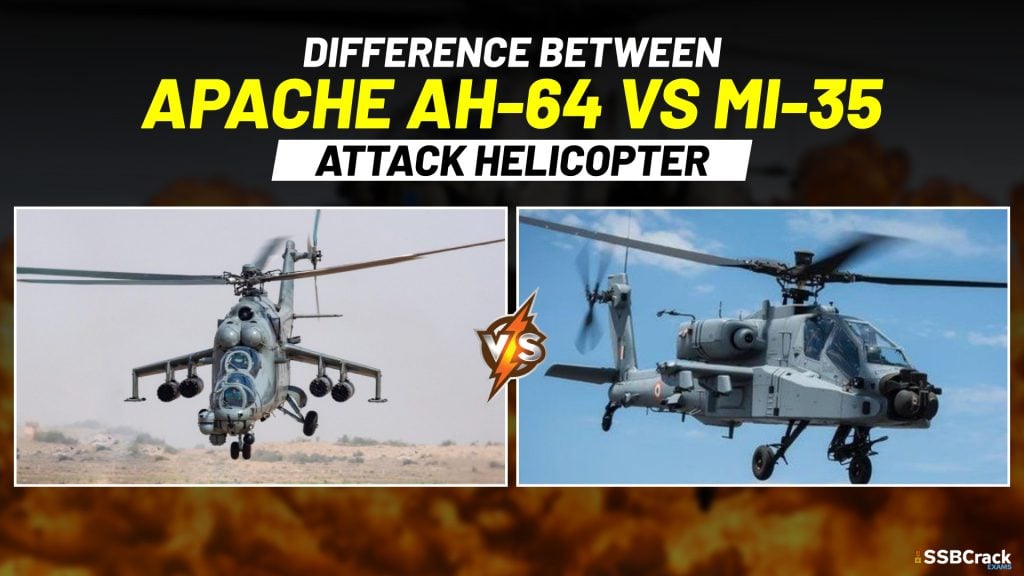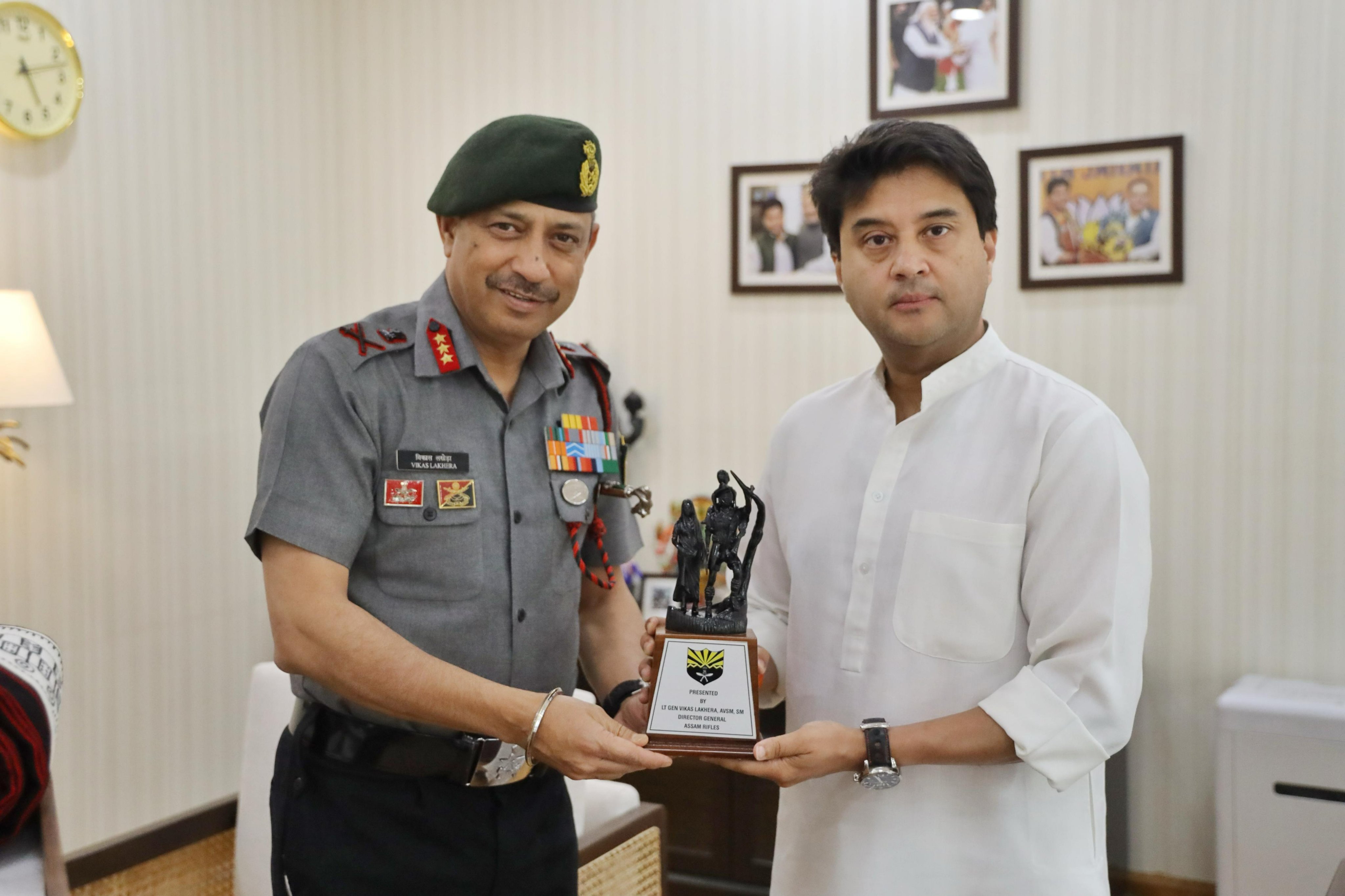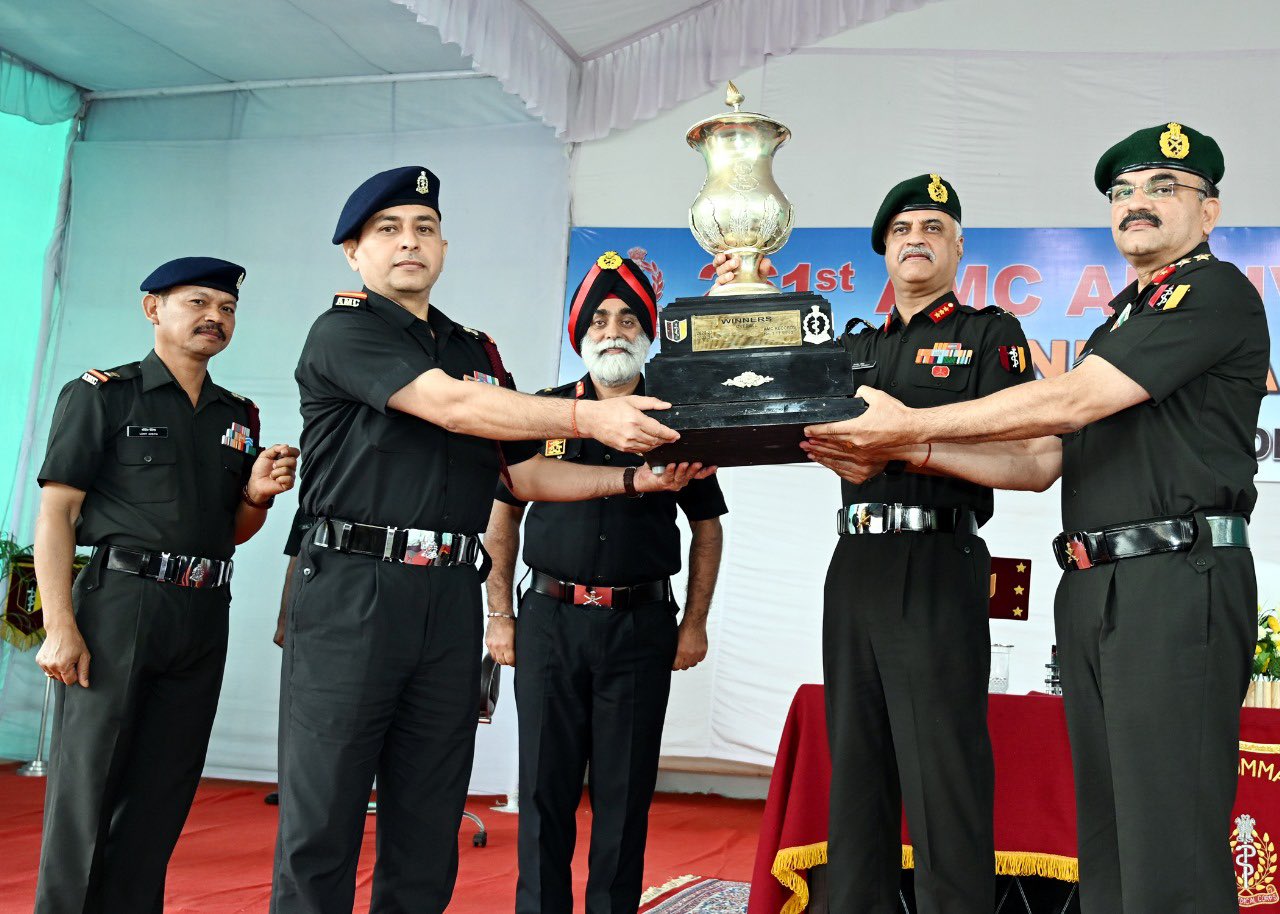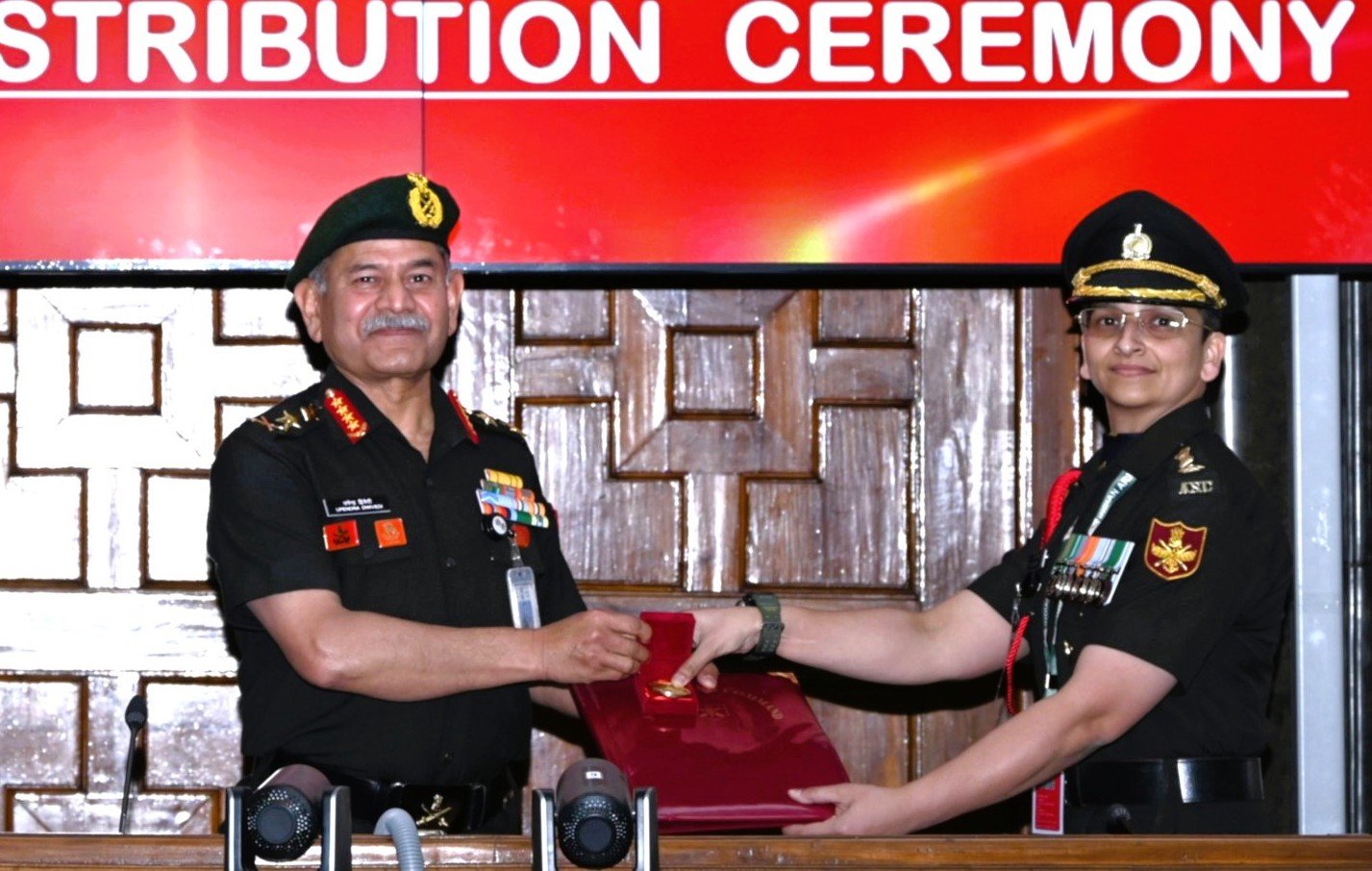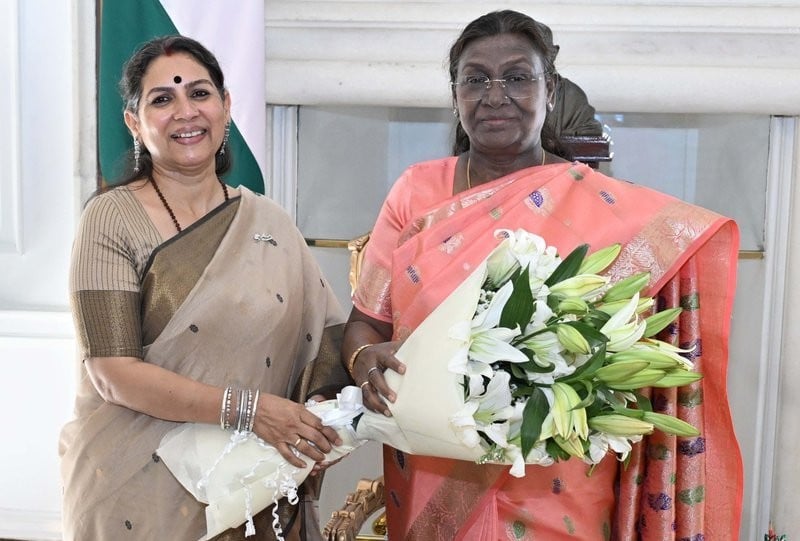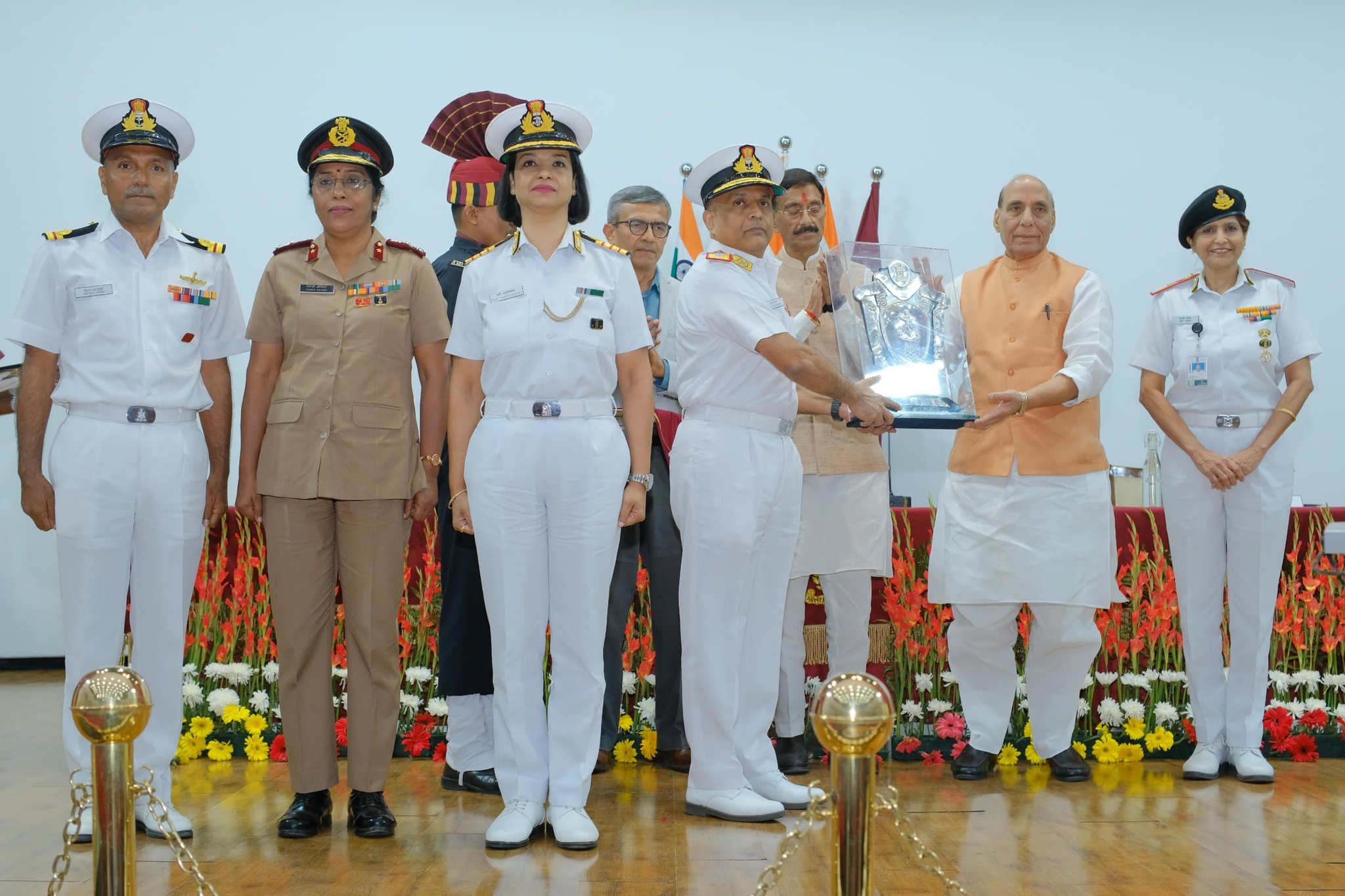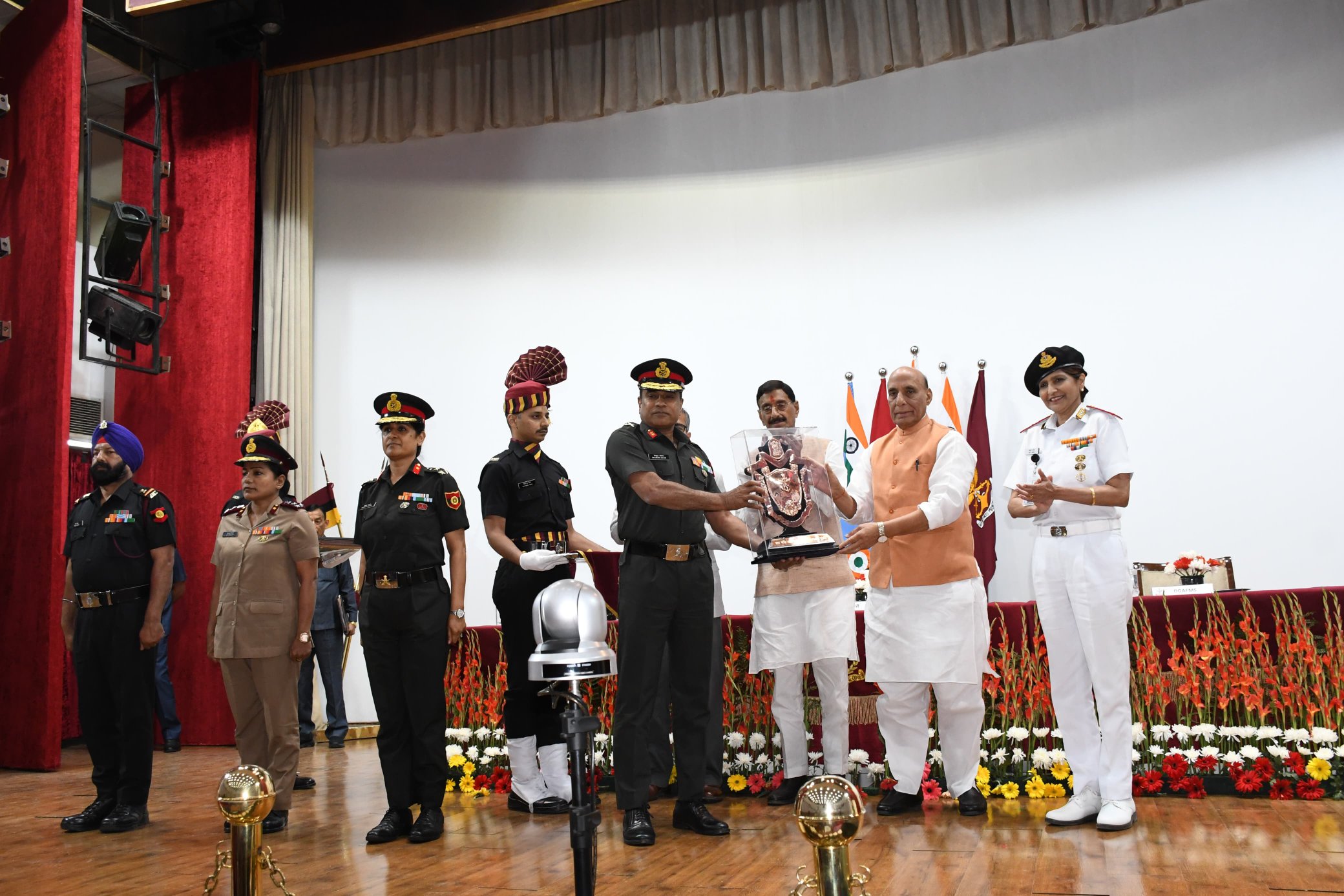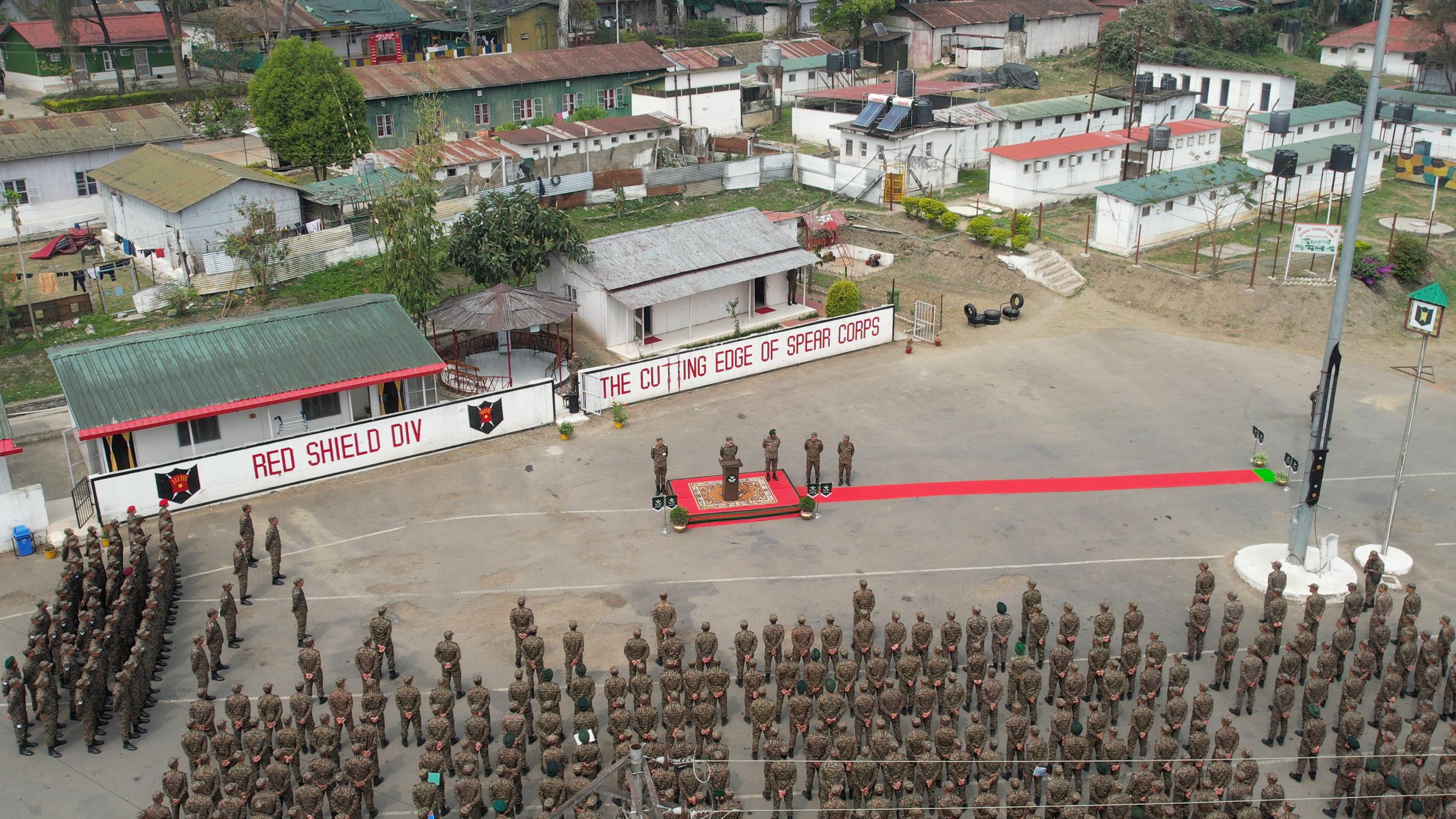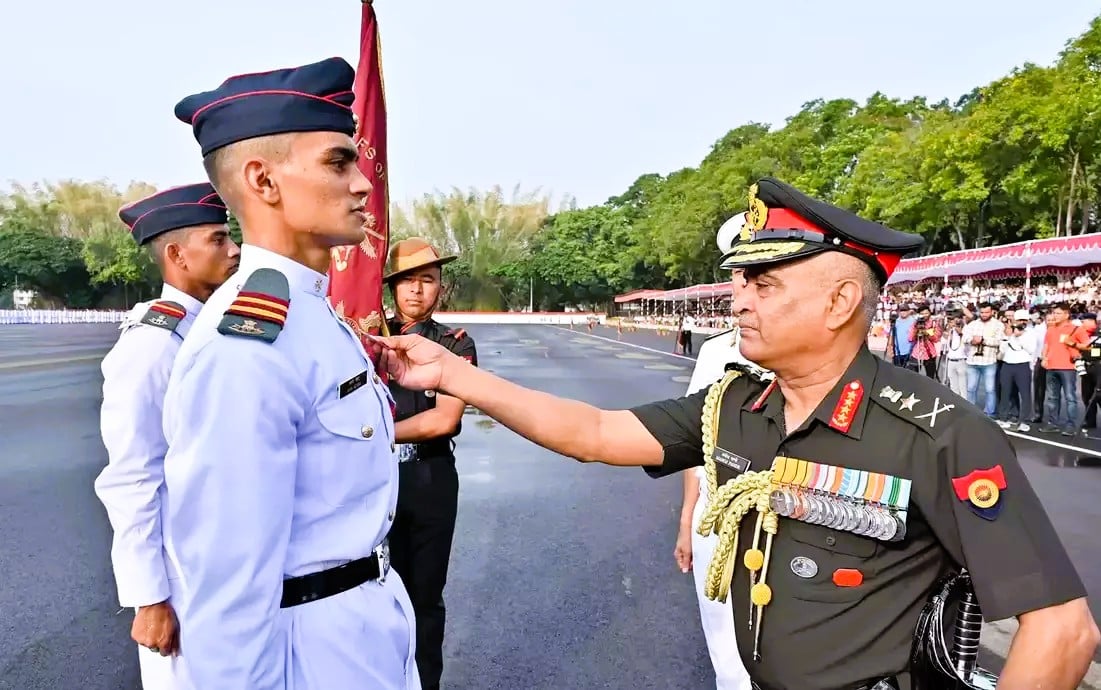The concept of military awards and decorations are as old as the organisation of uniformed fighting forces and is a practice adopted by militaries around the world. Service medals are awarded to deserving soldiers for distinguished service, acts of courage, leadership and tactical awareness.
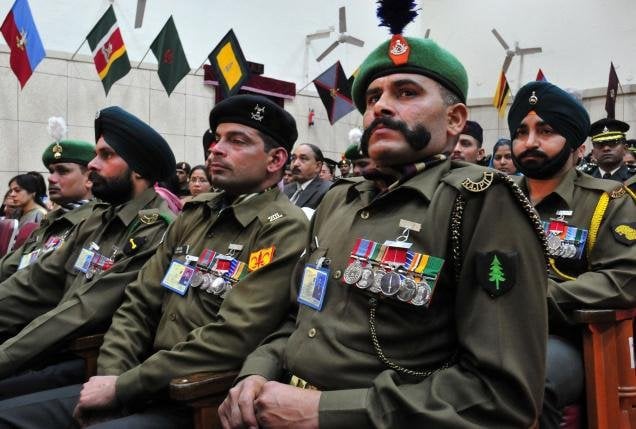
The criteria of awarding decorations vary on the culture and the ethos of the uniformed force recommending it. These decorations serve as a recognition to a competent soldier’s devotion to duty serving as an inspiration to comrades.
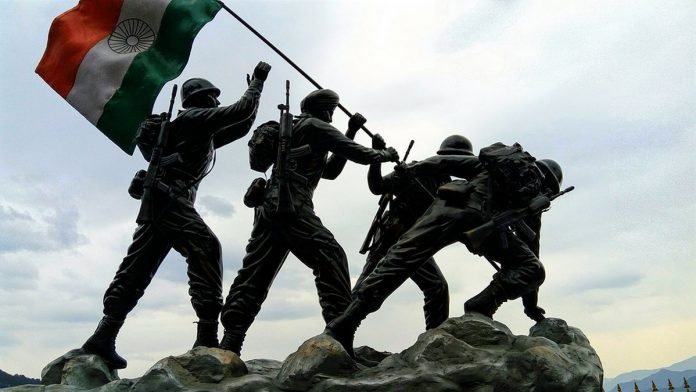
The Indian security forces like any other uniformed force, have their own set of military decorations, drawing their ancestry from the British Army’s awards. There are a total of six gallantry awards, divided into war time and peacetime awards, which may be awarded to members of any of the countries vast security agencies.
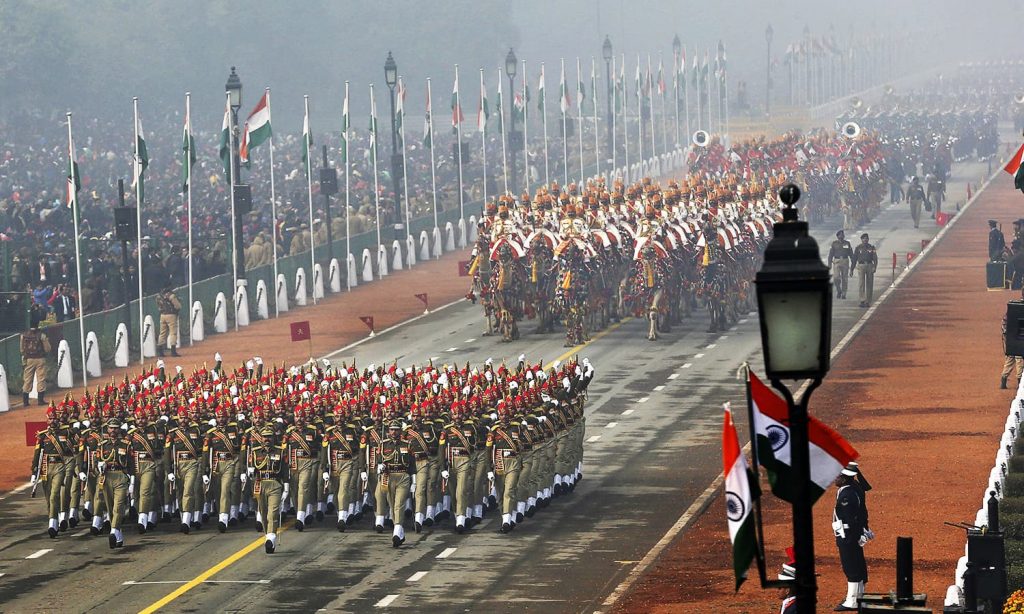
How are gallantry awards vetted?
The commanding officer or any other concerned officer of a unit based on his own or a service members recommendation writes two citations, a long citation and followed by a shorter one. The CO’s citation following which the write up goes to the formation headquarters for vetting and clearance. The formation HQ review the citation and in turn forwards it to the command HQ, who thoroughly vet the recommendation. Based on the merit of the recommendation, the Command HQ either accepts the proposal, reduces the category of the recommended gallantry award or rejects it altogether.
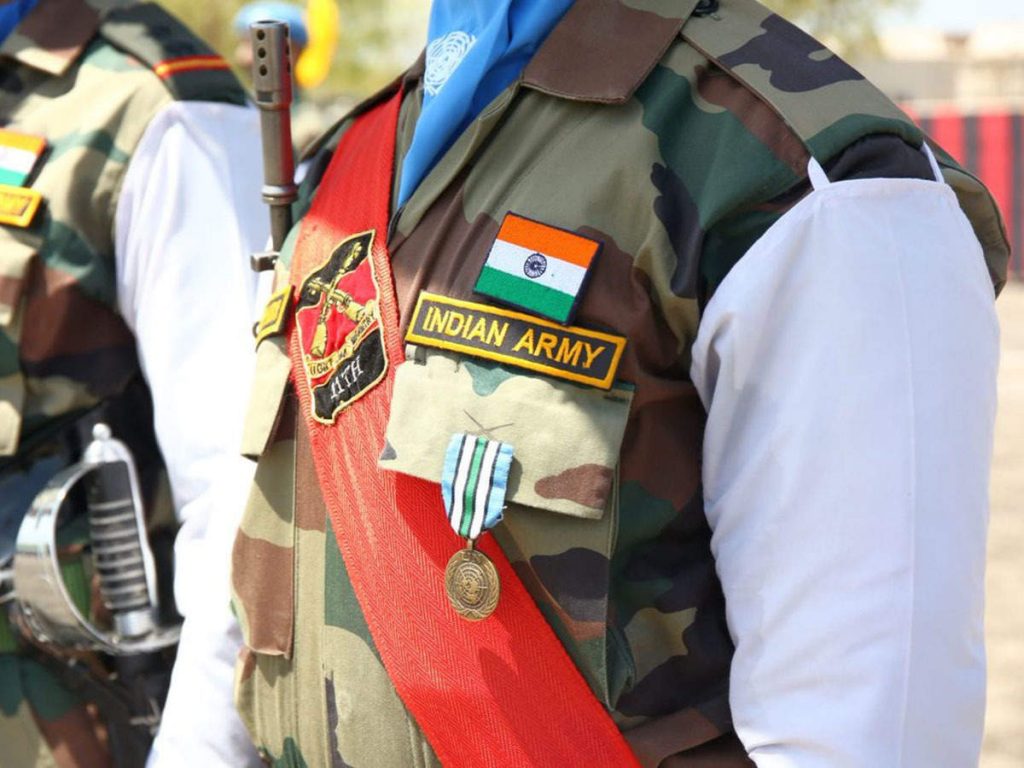
Param Vir Chakra
- The Param Vir Chakra is India’s highest military honour awarded to servicemen and women for displaying the highest degree of bravery or self-sacrifice in the presence of the enemy in wartime. The PVC is on similar lines to the British Victoria Cross, the United States Medal of Honour, the French Legion of Honour and the Russian Cross of Saint George.
- This prestigious gallantry award was introduced on 26 January 1950, the day the country became a republic. The name Param Vir Chakra is drawn from Sanskrit translating to Wheel or Cross of the ultimate brave.
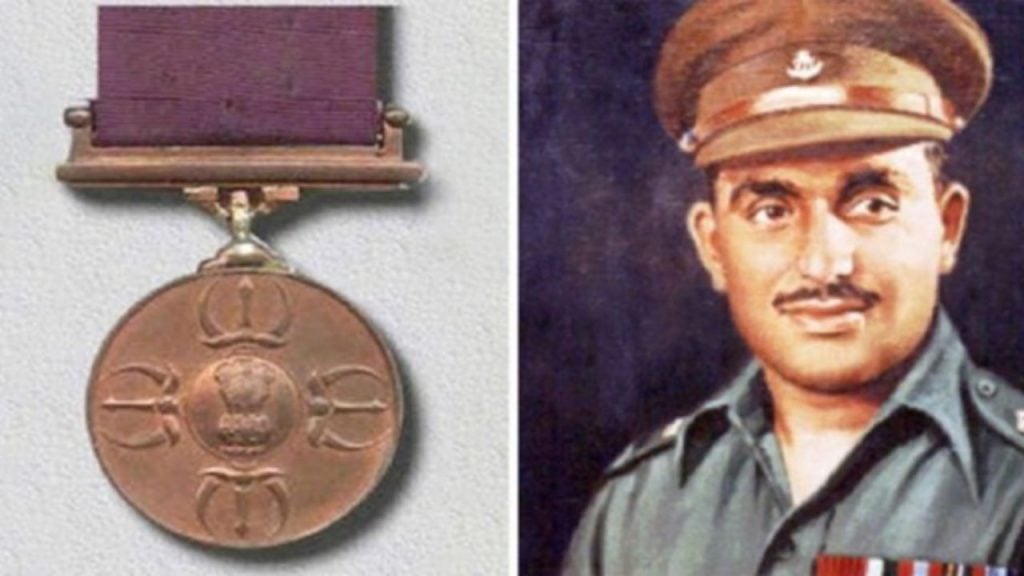
- The bronze medal has four replicas of ‘Indra’s Vajra’ embossed on it with the State Emblem in the centre.
- The words ‘Param Vir Chakra’ is embossed both in Hindi and English on the reverse and the two versions are separated by two lotus flowers.
- The ribbon is of plain purple colour.
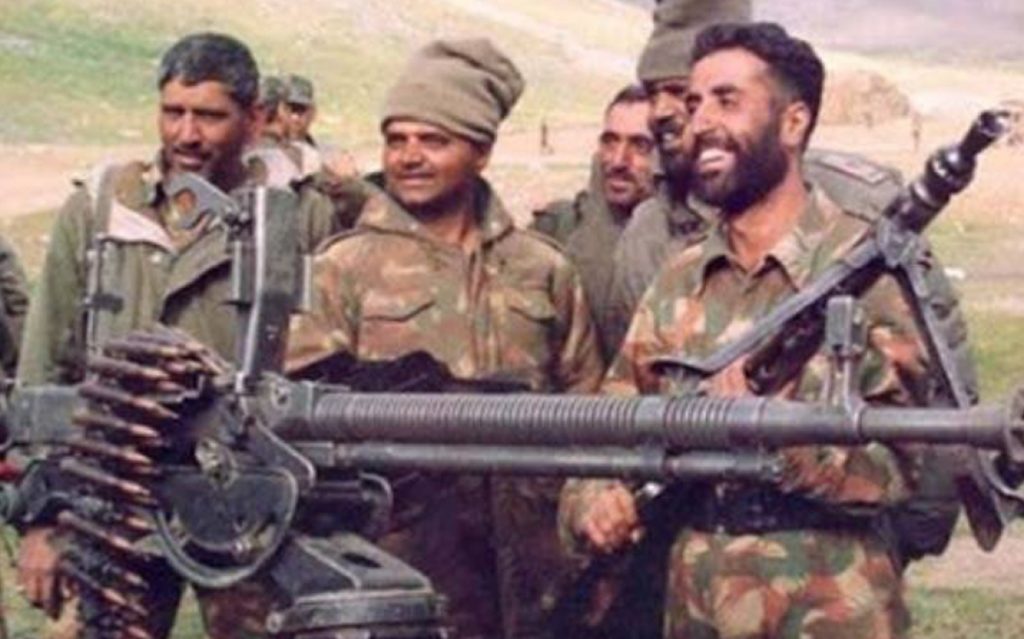
- All armed forces, reserve forces territorial army and other lawfully sanctioned armed force are eligible to receive the award.
- 21 personnel have been awarded the decoration, with 14 awards being received posthumously.
- What makes the Param Vir Chakra unique is the facts only 21 service members have received the PVC while The US has issued 3,524 medals of honour. the British have distributed 1,355 Victoria Crosses (148 of whom were Indian Soldiers).
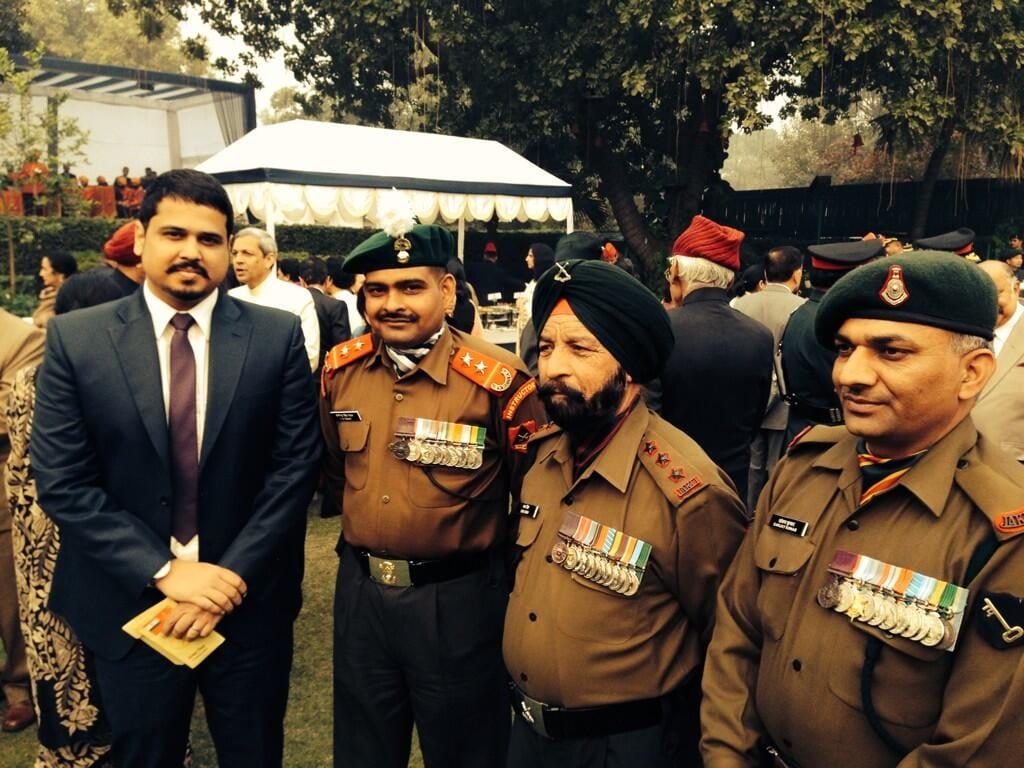
- The vetting for the PVC is exceptionally stringent, as the circumstances for the award make it extremely tricky for anyone to corroborate it.
- The vetting procedure makes India’s highest battle honour one of the rarest awards for recognised valour.
- Recipients or families of the recipients if awarded posthumously receive compensation of rupees 3,000 per month.
Ashok Chakra
- The Ashok Chakra is awarded for bravery, courageous action or self-sacrifice away from the battlefield.
- It is the peacetime equivalent of the Param Vir Chakra and is awarded for the “most conspicuous bravery or some daring or pre-eminent valour or self-sacrifice” other than in the face of the enemy
- The Ashok Chakra was established as the “Ashoka Chakra, Class I” by the President of India, 4 January 1952 (with effect from 15 August 1947).
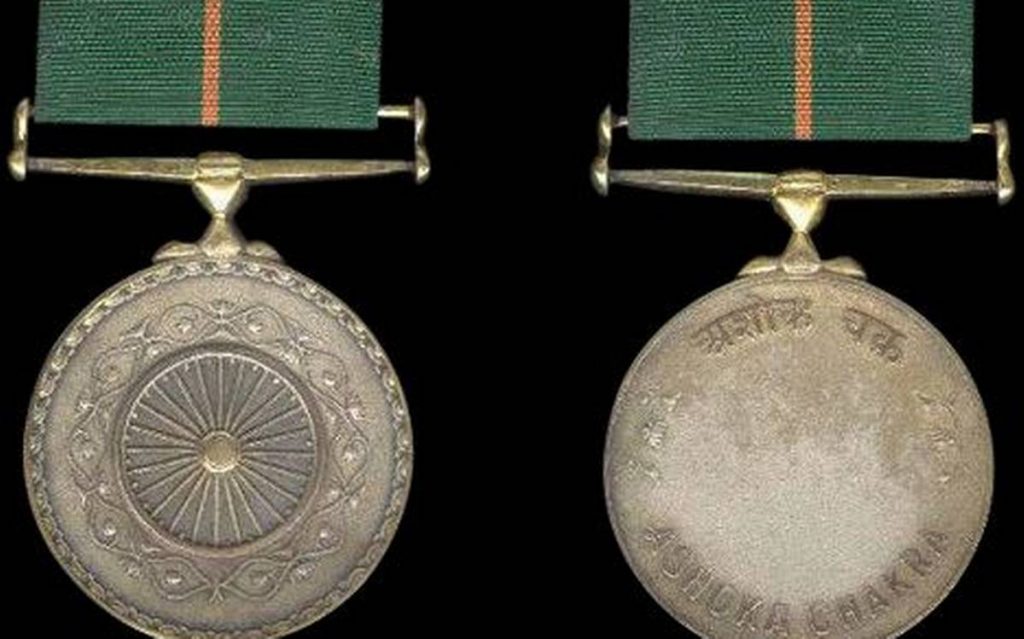
- The statutes of the award were revised, and the decoration renamed on 27 January 1967.
- Officers, men and women of all ranks of Indian Army, Indian Navy, Indian Air Force, Central Para Military Forces, Railway Protection Force, Other Police Forces, of any of the Reserve Forces, of the Territorial Army, Militia and of any other lawfully constituted forces and civilians of either genders in all walks of life can be the recipient of this award.
- Recipients of the Ashok Chakra or the families of the awardees, if awarded posthumously receive compensation of rupees 2,800 per month with another 2,800 for every bar added to the award
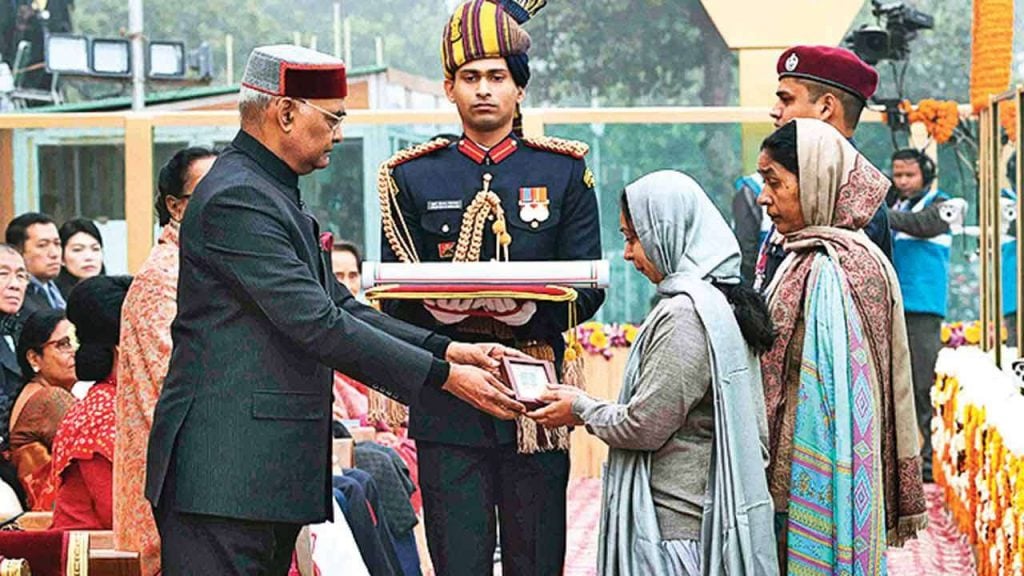
Mahavir Chakra
- The Maha Vir Chakra (MVC) is the second-highest military decoration in India and is awarded for acts of conspicuous gallantry in the presence of the enemy, whether on land, at sea or in the air and maybe awarded posthumously.
- Maha Veer translates to extraordinarily brave.
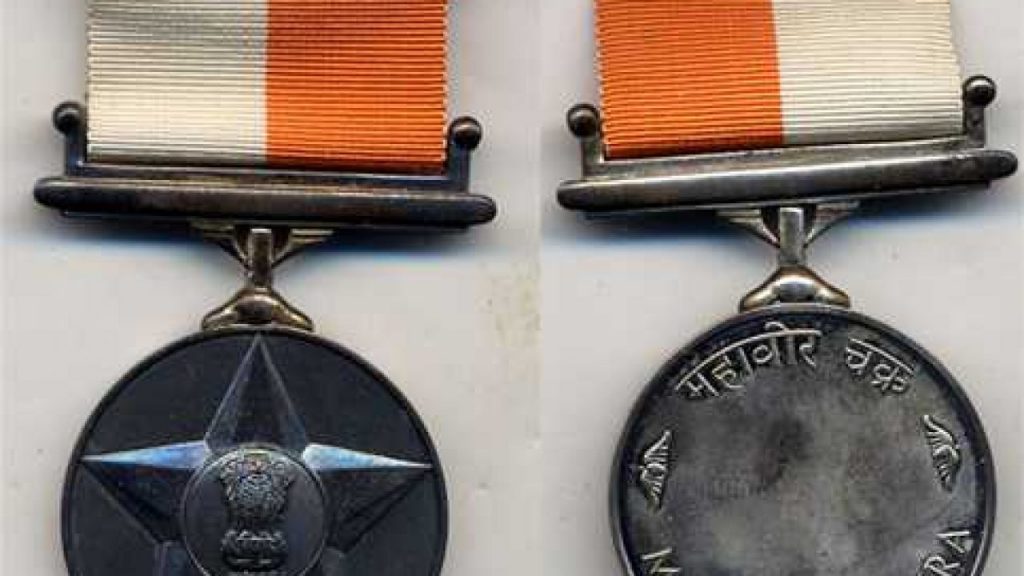
- The medal is made of standard silver with a five-pointed heraldic star embossed on it with the points of the star just touching the rim.
- The words ‘Maha Vir Chakra’ is embossed both in Hindi and English on the reverse and the two versions are separated by two lotus flowers.
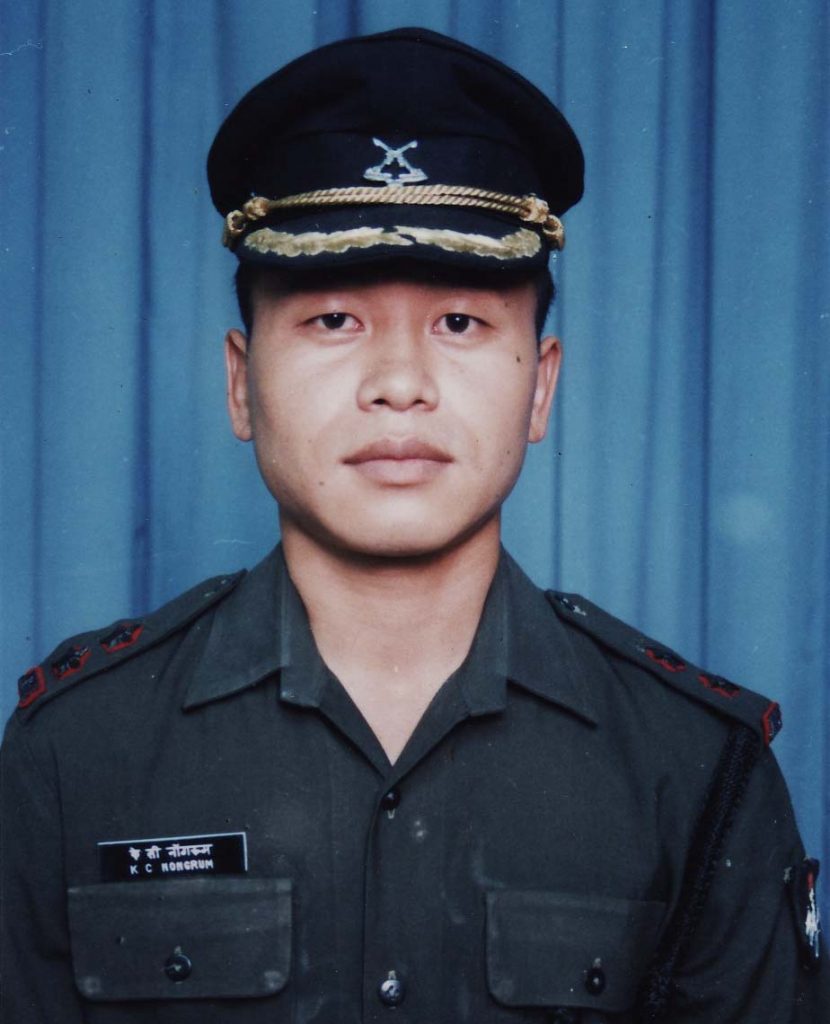
- The ribbon is half-white and half-orange colour.
- Officers, men and women of all ranks of the Army, the navy and the Air force, of any of the Reserve Forces, of the Territorial Army, Militia and any other lawfully constituted Armed forces.
- Recipients or their next of kin receive Rs 2,400/- per month with the same amount if another bar is added to the award.
Kirti Chakra
- The Kirti Chakra is an Indian military decoration awarded for valour, courageous action or self-sacrifice away from the field of battle. It may be awarded to civilians as well as military personnel, including posthumous awards. It is the peacetime equivalent of the Maha Vir Chakra.
- It is second in order of precedence of peacetime gallantry awards.
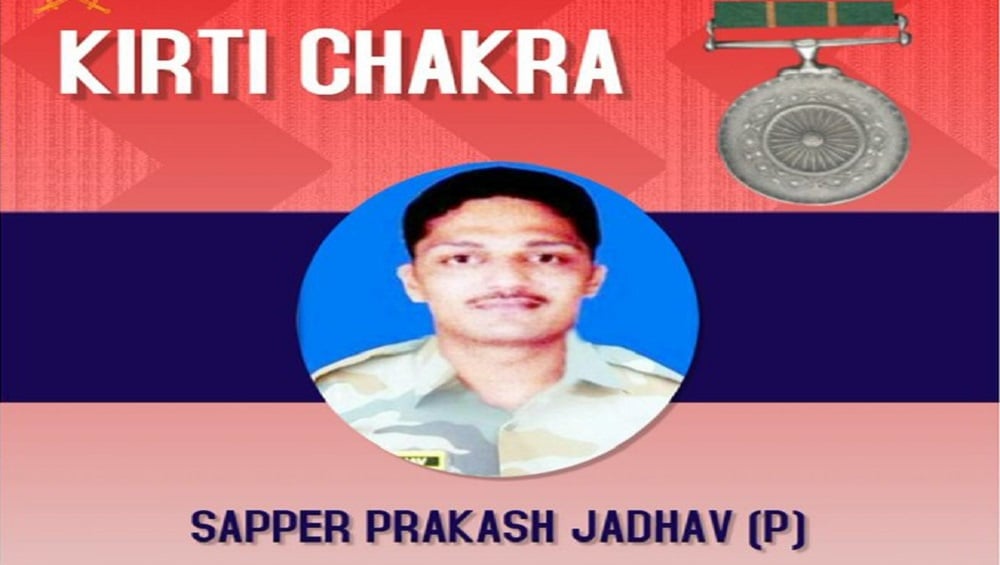
- Officers, men and women of all ranks of Indian Army, Indian Navy, Indian Air Force, Central Para-Military Forces, Railway Protection Force, Other Police Forces, of any of the Reserve Forces, of the Territorial Army, Militia and of any other lawfully constituted forces and civilians of either genders in all walks of life can be recipient of this award.
- Rs 2,100 to be awarded to recipients of the award or their next of kin per month and 2,100 for each bar to the decoration.
Vir Chakra
- The Vir Chakra is awarded for acts of gallantry in the presence of the enemy, whether on land or at sea or in the air.
- It is third highest wartime gallantry awards following the Param Vir Chakra and Maha Vir Chakra.
- It was established by the President of India on 26 January 1950 (with effect from 15 August 1947) and may be awarded posthumously.
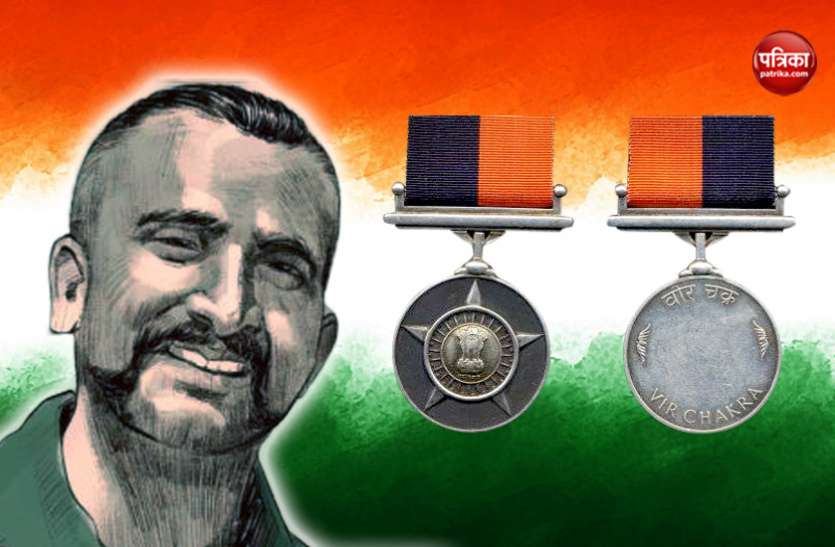
- Officers, men and women of all ranks of the Army, the Navy and the Air Force, of any of the Reserve Forces, of the Territorial Army, Militia and any other lawfully constituted Armed Forces.
- Recipients or their families in if awarded posthumously receive Rs 1,700 per month with the same amount added to each bar to the decoration.
Shaurya Chakra
- The Shaurya Chakra is the peacetime equivalent of the Vir Chakra. It was established as the “Ashoka Chakra, Class III” by the President of India, 4 January 1952 (with effect from 15 August 1947).
- The statutes for the award were revised and the decoration renamed on 27 January 1967.
- The honour may be awarded posthumously.
- It is a circular bronze medal with a green ribbon divided into four equal parts by three vertical lines.
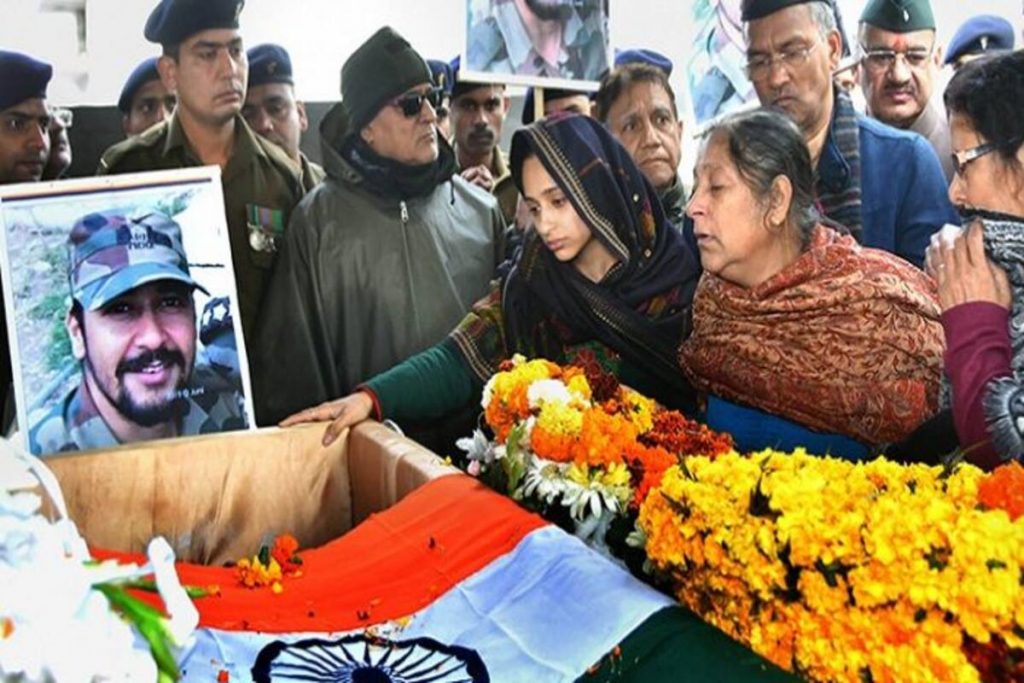
- Officers and men and women of the Army, the Navy and the Air Force, of any of the Reserve Forces, of the Territorial Army, Militia, and member of any other lawfully constituted Armed Forces are eligible to receive the award.
- Recipients or their next of kin are entitled to a compensation of Rs. 1,500 per month with the same amount added for any further bar on the decoration.
This years awards in numbers
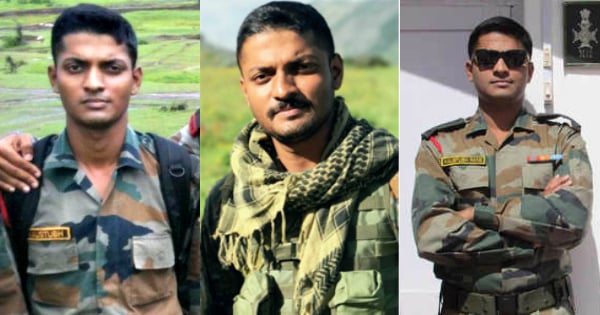
The president of India awarded soldiers and other security personnel for exemplary acts of valour last week, on the countries 73rd Independence day, the awards included two Kirti Chakras, one Vir Chakra, 14 Shaurya Chakras, eight Bar to Sena Medals (Gallantry), 90 Sena Medals (Gallantry), five Nao Sena Medals (Gallantry), seven Vayu Sena Medals (Gallantry) and five Yudh Seva Medals.

